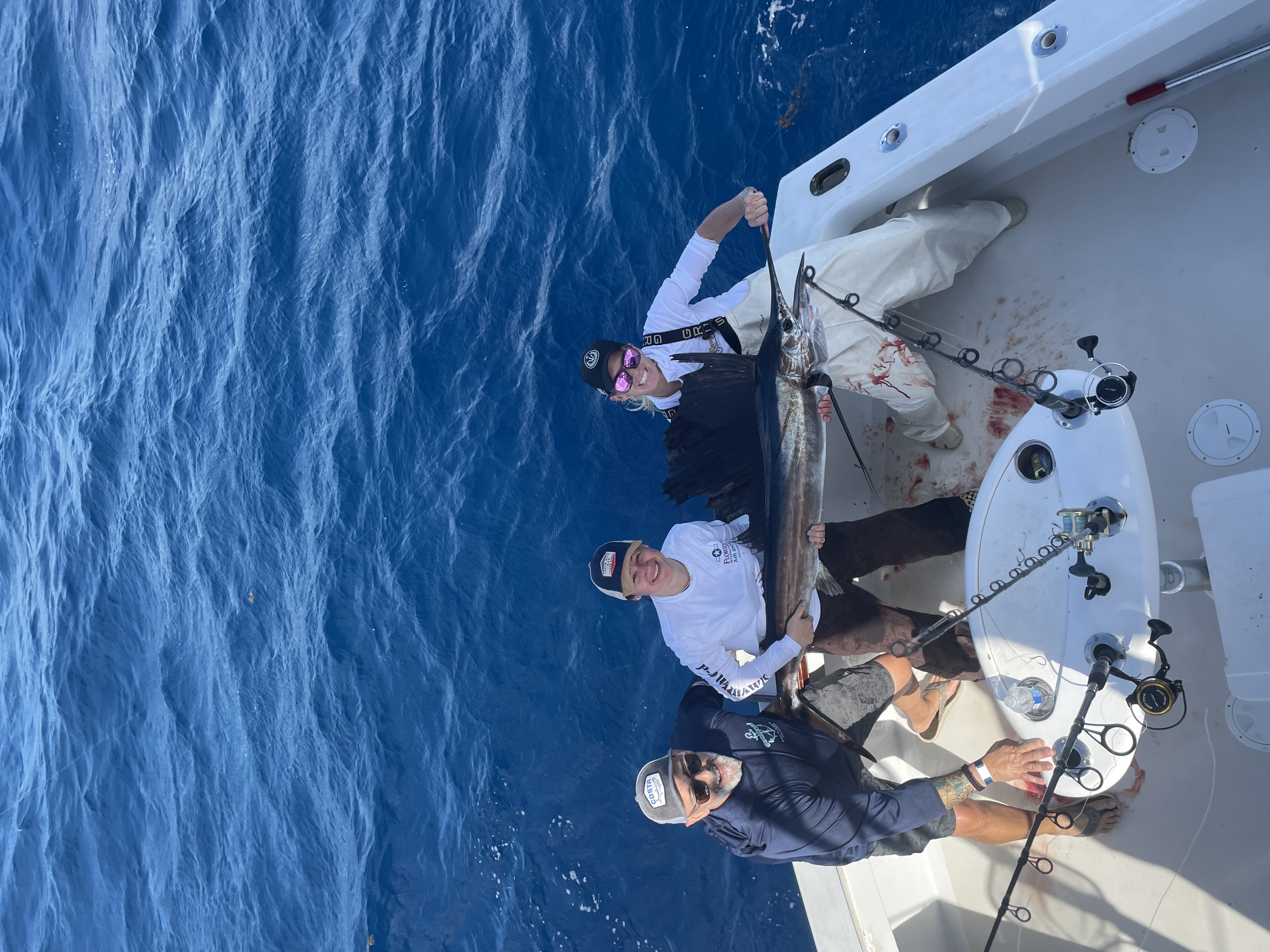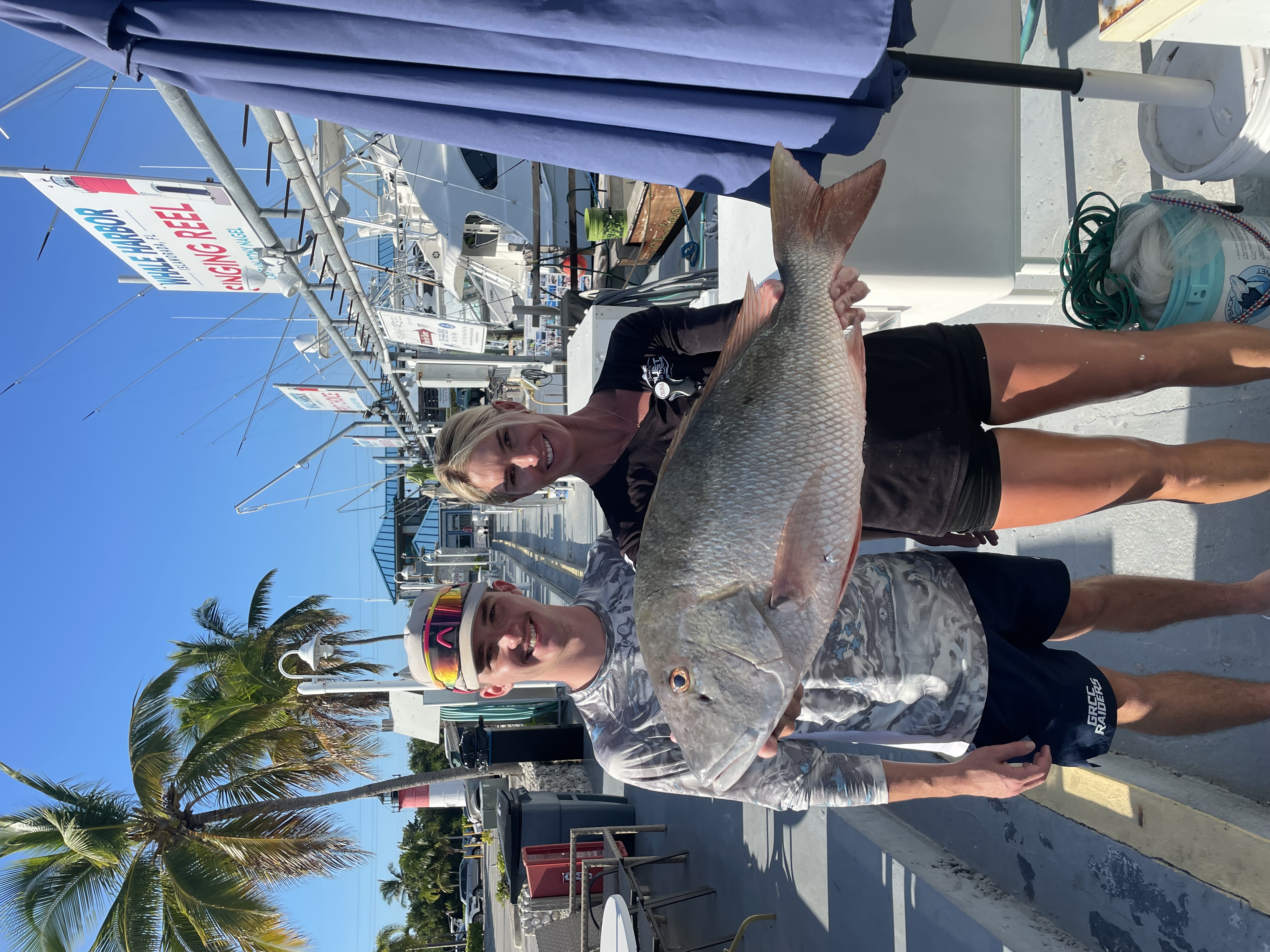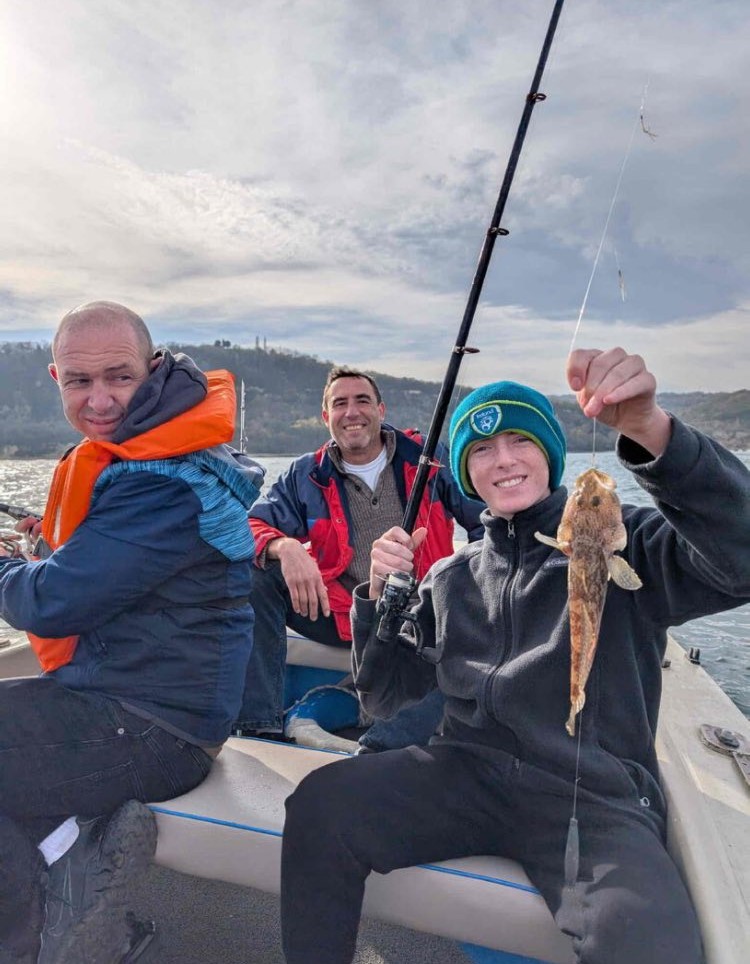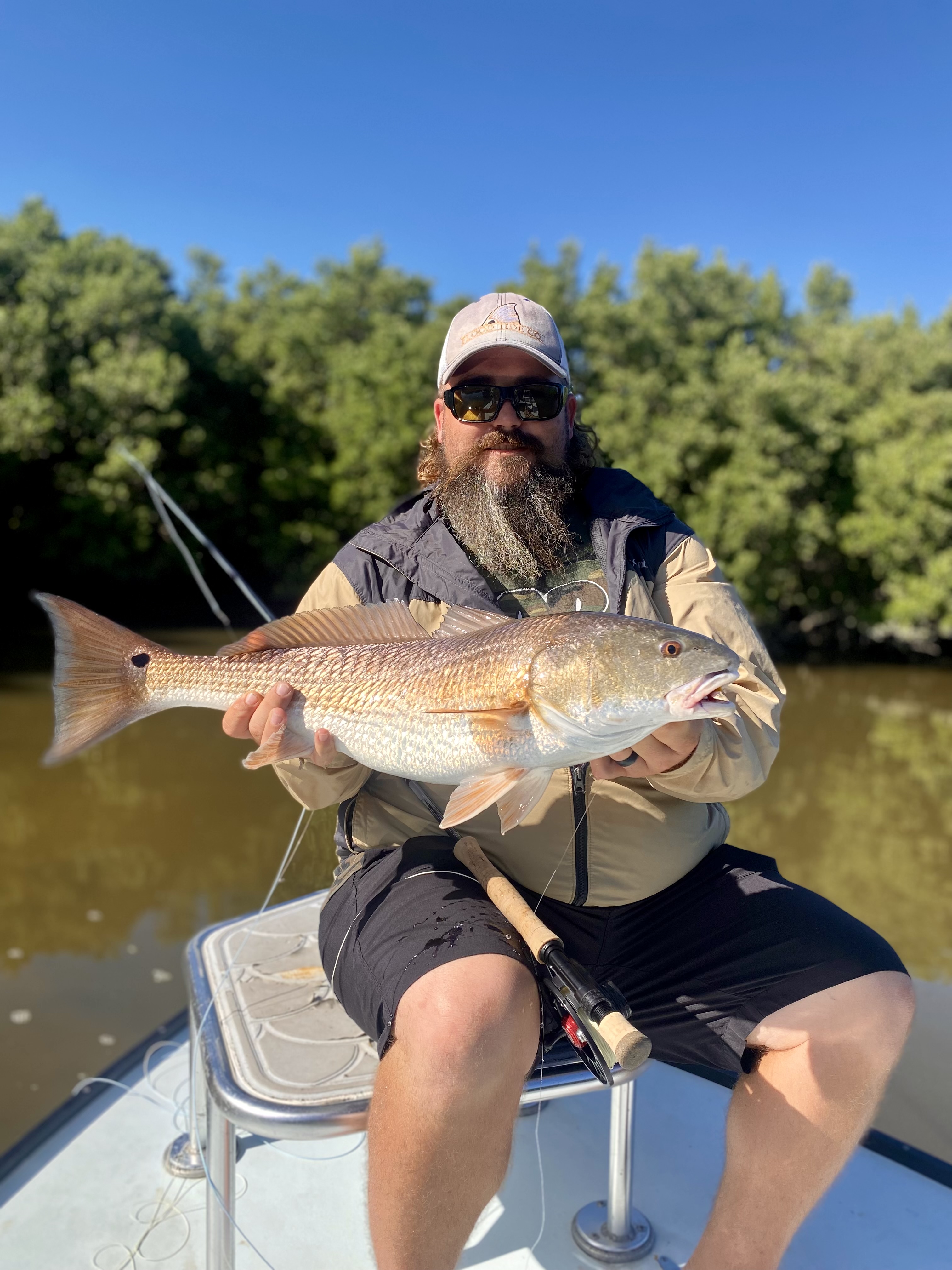Inshore, Deep Sea, Nearshore in Palm Beach Shores
Catching Fish And Having Fun
Deep Sea Fishing in Playa Herradura
Full Day Offshore
Inshore Fishing in Mount Pleasant
Gigging Trip
Steelhead Fishing Trip
Deep Sea, Nearshore Fishing in Puerto Aventuras
Fishing Charter, Puerto Aventuras
Deep Sea, Nearshore Fishing in Islamorada
4 Hour Half Day
Deep Sea, Nearshore Fishing in Islamorada
6 Hour 3/4 Day
Black Sea Trips
Inshore, Flats Fishing in Pineland
Fly Fishing Pineland
Deep Sea, Nearshore Fishing in Orange Beach
December Snapper Reopen Special!
We started Captain Experiences to make it easy to book fishing and hunting guides around the world. With over 2,000 Damn Good Guides, our platform makes finding and booking a trip seamless. Head here to check out our trips.
When it comes to fly fishing, there are three main types of flies that you need to be familiar with: dry flies, nymphs, and streamers. Each type of fly has a specific purpose, and can be used in different ways to catch different types of fish. In this blog post, we will take a closer look at each type of fly and discuss how they are used in fly fishing. We will also provide some tips on how to select the right flies for your next fishing trip!
Dry Flies
Dry flies are one of the most common types of flies used in fly fishing. When you think of classic fly fishing, this is the fly that comes to mind. Dry flies are designed to float on the surface of the water and are often used to imitate insects or other small creatures that fish feed on. Used properly, a dry fly simulates an insect landing on the water, which attracts surface feeders. The fish will see the fly land and hopefully make a stellar jump to grab it, simultaneously getting hooked. When selecting dry flies, it is important to consider the size, color, and pattern of the fly. These factors should be based on what kind of fish you are looking to catch. You should ask an experienced angler or someone at your local tackle shop what the best play is. Dry flies can be used to catch a variety of fish, making them a versatile choice for any angler. Rainbow Trout are a favorite of many fly fishermen and they can be caught using a dry fly.

Nymphs
Nymphs are another popular type of fly used in fly fishing. Nymphs are typically smaller than dry flies and sink below the surface of the water. They are used to imitate aquatic insects or larvae that fish feed on. Nymphs are often considered more reliable and successful than dry flies, since more fish feed below the surface than above. One of the difficult things about nymphs is that it is hard to see a fish strike since they are underwater, and you don’t feel the pull as much on a fly rod. To counteract this problem, many anglers choose to use a strike indicator. The strike indicator dips below the surface when the fish makes a bite, telling you when to set the hook. Just like dry flies, it is important to choose the right size, color, and pattern of a nymph fly before setting out. Some are perfect for catching trout, while softer, larger nymphs are productive when fishing for Smallmouth Bass.

Streamers
Streamers are another type of fly that is designed to sink below the surface of the water. Streamers are often used to imitate baitfish or other small creatures that fish feed on like minnows. Your technique must change when fly fishing with streamers. Instead of floating the fly with the current, you give short tugs on the line to move the streamer in bursts. The intent is to mimic the movements of a small fish, which will naturally attract large predators like Largemouth Bass. A heavier leader and tippet help your pull and are also useful for handling the fast, hard strikes that come at streamers.

Milo Kashey
Updated on August 2, 2023

April 15, 2022

January 19, 2021

October 26, 2020

June 3, 2021

April 26, 2022
Related Articles
February 28, 2022
January 11, 2022
May 11, 2023
Featured Locations
- Fishing Charters Near Me
- Austin Fishing Guides
- Biloxi Fishing Charters
- Bradenton Fishing Charters
- Cabo San Lucas Fishing Charters
- Cancun Fishing Charters
- Cape Coral Fishing Charters
- Charleston Fishing Charters
- Clearwater Fishing Charters
- Corpus Christi Fishing Charters
- Crystal River Fishing Charters
- Dauphin Island Fishing Charters
- Daytona Beach Fishing Charters
- Destin Fishing Charters
- Fort Lauderdale Fishing Charters
- Fort Myers Fishing Charters
- Fort Walton Beach Fishing Charters
- Galveston Fishing Charters
- Gulf Shores Fishing Charters
- Hatteras Fishing Charters
- Hilton Head Fishing Charters
- Islamorada Fishing Charters
- Jacksonville Fishing Charters
- Jupiter Fishing Charters
- Key Largo Fishing Charters
- Key West Fishing Charters
- Kona Fishing Charters
- Lakeside Marblehead Fishing Charters
- Marathon Fishing Charters
- Marco Island Fishing Charters
- Miami Fishing Charters
- Montauk Fishing Charters
- Morehead City Fishing Charters
- Naples Fishing Charters
- New Orleans Fishing Charters
- New Smyrna Beach Fishing Charters
- Ocean City Fishing Charters
- Orange Beach Fishing Charters
- Panama City Beach Fishing Charters
- Pensacola Fishing Charters
- Pompano Beach Fishing Charters
- Port Aransas Fishing Charters
- Port Orange Fishing Charters
- Rockport Fishing Charters
- San Diego Fishing Charters
- San Juan Fishing Charters
- Sarasota Fishing Charters
- South Padre Island Fishing Charters
- St. Augustine Fishing Charters
- St. Petersburg Fishing Charters
- Tampa Fishing Charters
- Tarpon Springs Fishing Charters
- Venice Fishing Charters
- Virginia Beach Fishing Charters
- West Palm Beach Fishing Charters
- Wilmington Fishing Charters
- Wrightsville Beach Fishing Charters


































